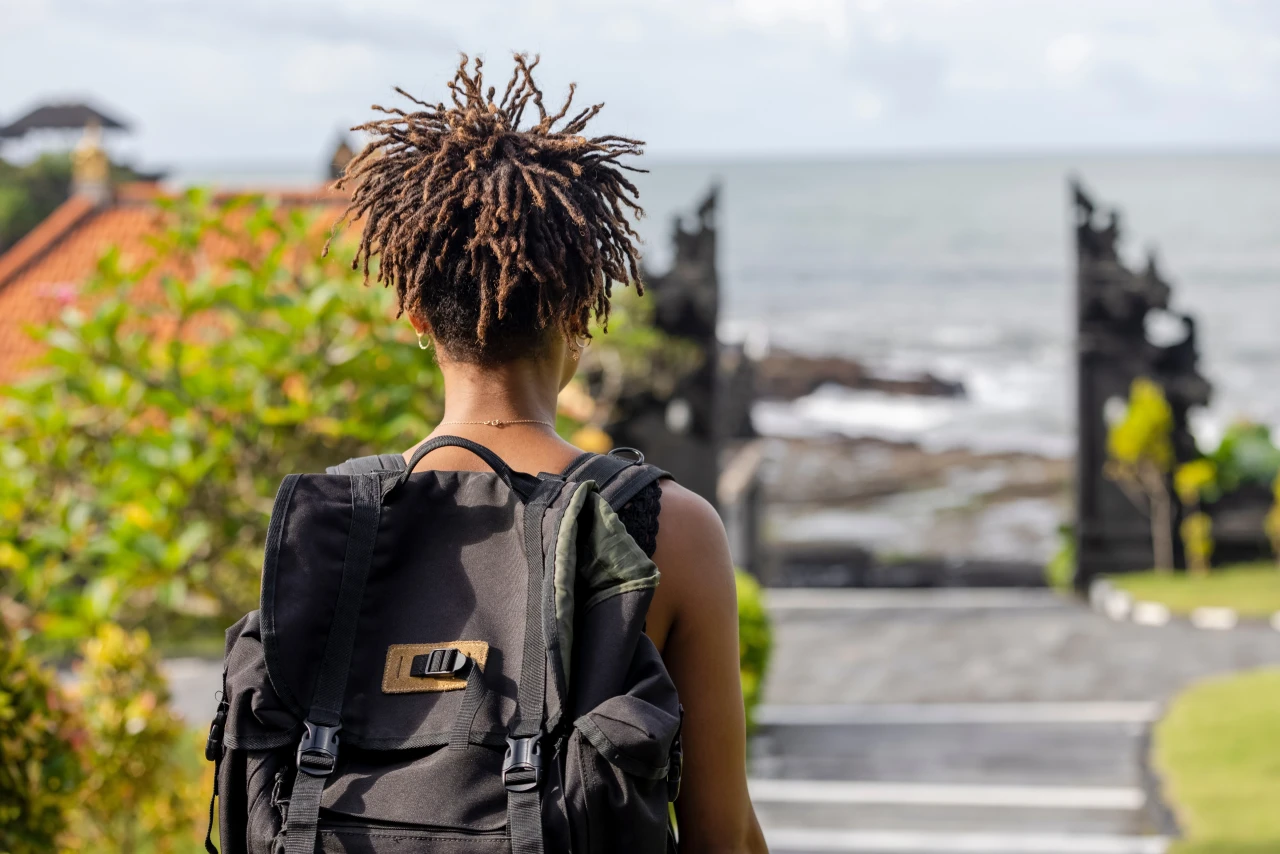Business owners in Bali have shared some insights into tourist spending trends and how they affect the profits of small restaurants and cafés. Budget-conscious travelers have even earned a special nickname—“Turis sandal jepit” or “flip-flop tourists”—and small business owners in the island’s tourist areas are beginning to lose patience with their excessive frugality.

Parubaya, the owner of a small seafood restaurant at the Jimbaran Fish Market, confirmed that she has repeatedly asked foreign visitors to leave because they spent far more time in her establishment than they spent money. She explained:
“I asked them to leave my restaurant because they weren’t really buying anything. They would order just a glass of iced tea and sit there for hours, chatting. They were taking up space that other customers, who actually wanted to eat, could have used.”
Some food stall owners report that foreigners often bargain excessively when buying fruit. They also describe unpleasant situations where a group of tourists enters a warung, restaurant, or food stall, but only one person orders food while the rest drink beverages purchased elsewhere.
Wayan Puspa Negara, chairman of the Bali Tourism Operators Alliance, shared his thoughts on the issue. He noted that tourists in Bali can generally be classified into four main spending categories:
1. Backpackers
2. Lower-middle class
3. Upper-middle class
4. Luxury tourists
He continued:
“The first category is quite common in Bali. Moreover, they often return to the island. So it’s up to us—the government, stakeholders, and technical divisions—to decide whether to filter them or not. Filtering could be done, for example, in the way Bhutan limits the number of tourists. It’s time for Bali to shift towards quality tourism.”
Negara is not the first to mention Bhutan’s tourism model as a possible reference for reforming Bali’s tourism sector. Former Indonesian Minister of Tourism and Creative Economy, Sandiaga Uno, has repeatedly discussed the possibility of implementing Bhutan’s model in Bali. In recent weeks, Bali Senator Ni Luh Djelantik has also voiced the need for adopting Bhutan’s controlled and sustainable tourism model.
However, many believe that mass tourism is too deeply rooted in Bali, and transitioning to Bhutan’s restrictive model—with strict visitor limits, mandatory guided tours, and expensive per-day visa fees—would be a short-sighted decision. If Bali were to cater only to premium tourists, thousands of small businesses would be at risk of closure.
Data from the Central Statistics Agency, published earlier this month, shows that in 2024, the average spending of foreign tourists in Indonesia was $1,391 per trip, which is approximately 22.8 million Indonesian rupiah.
Tourists with the highest spending in 2024 significantly exceeded this average:
• Swiss tourists spent an average of $2,194 per trip,
• U.S. tourists followed closely with $2,182,
• Austrian tourists ranked third, spending an average of $2,175 per trip.
Sources: mediaindonesia



You can add one right now!